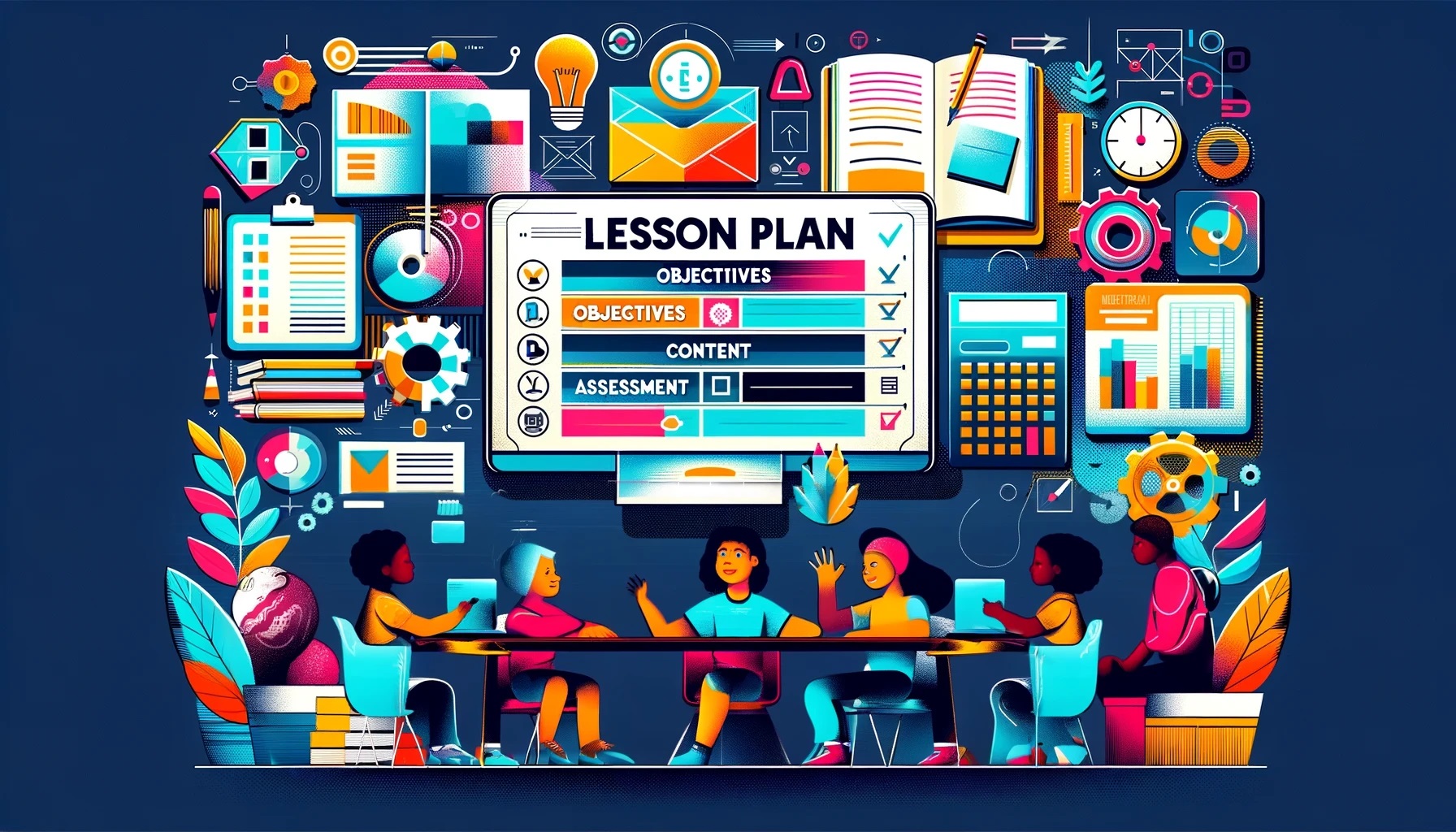Creating a successful lesson plan is crucial for promoting effective learning and achieving educational goals. A well-organized lesson plan helps guide the lesson smoothly, ensures student participation, and allows for assessing their understanding of the subject matter.
Steps to Create a Successful Lesson Plan:
Define Learning Objectives:
- Clearly outline what you want students to learn by the end of the lesson. For example, in a math lesson on geometry, an objective could be "Understand the properties of different triangles."
- Ensure the objectives are measurable, such as "Students can solve 3 problems related to triangles."
- Connect the learning objectives to the curriculum and educational standards.
Select Content:
- Choose content that aligns with the learning objectives. For example, for a lesson on triangles, include different types, their angles, and ways to calculate their area.
- Ensure the content is accurate and relevant to students' interests. For example, link triangle properties to real-life scenarios like designing gardens or interior decorations.
- Use a mix of teaching methods, including lectures, discussions, and hands-on activities.
Time Management:
- Allocate sufficient time for each activity. For example, assign 10 minutes for explanations and 15 minutes for practical exercises.
- Allow time for reviewing the content and answering students' questions.
- Be flexible with your plan, making adjustments as needed during the lesson.
Choose Assessment Tools:
- Determine how to evaluate student understanding, such as oral questions or short quizzes. For a geometry lesson, include problems that require students to calculate areas and angles of triangles.
- Provide constructive feedback to help students improve.
Prepare Necessary Materials:
- Prepare all necessary materials, such as paper, rulers, and calculators.
- Ensure all materials are in good condition and ready for use.
- Distribute materials to students in an organized manner.
Additional Tips:
- Individual Student Needs: Consider varying learning speeds among students.
- Active Participation: Encourage students to engage through competitions and discussions.
- Learning Environment: Create a positive environment conducive to effective learning.
- Active Learning Techniques: Use educational games and group activities.
Conclusion:
Creating a successful lesson plan requires thorough organization and planning, but it helps achieve educational goals effectively. By following these steps, teachers can provide a fun and effective learning experience for their students, contributing to a deeper understanding of the academic content.


